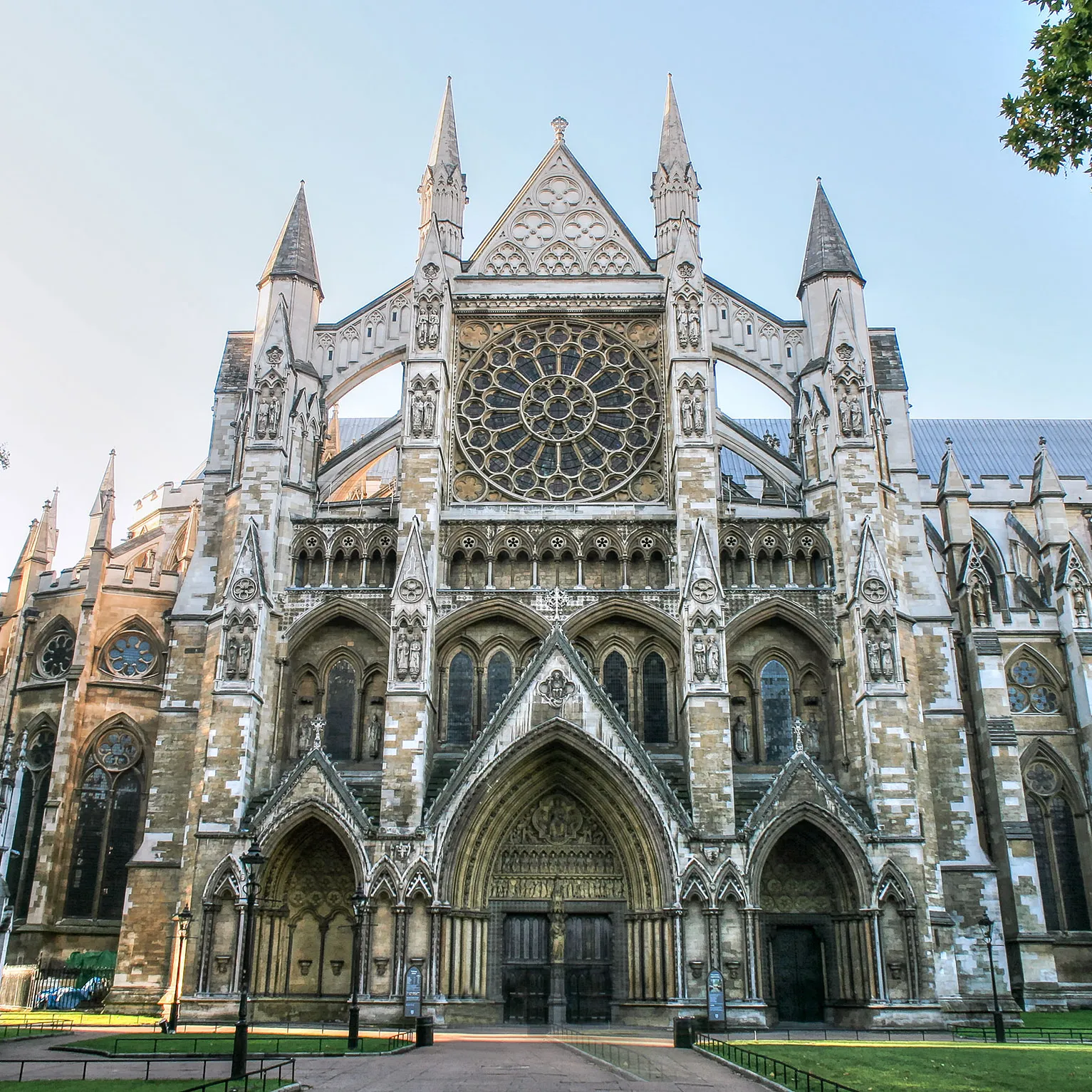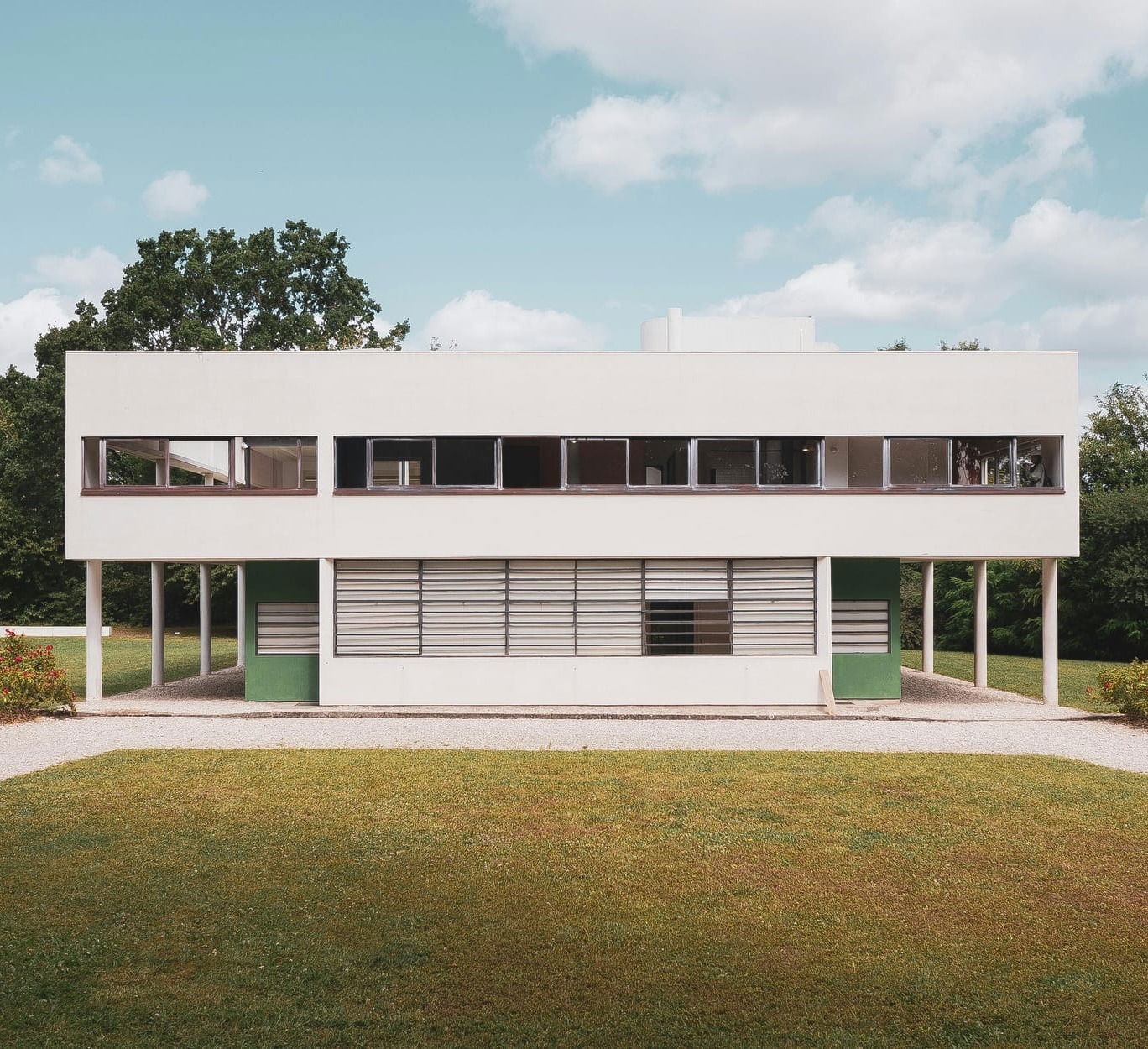Evolution of Architectural Thought: Key Movements That Shape Modern Practice

1. Introduction
Architectural design is not static; it is a constantly evolving discipline shaped by cultural, social, political, and technological influences. The evolution of architectural thought provides a roadmap to understanding the values and priorities of different eras, which in turn informs today’s design strategies. For recent graduates stepping into professional practice, a deep understanding of key architectural movements is essential. It allows them to build on a rich legacy of ideas, challenge outdated methods, and contribute meaningfully to the built environment. This article outlines major architectural movements and explores how they influence contemporary practice. It also presents practical guidance on applying these principles, supported by case studies, technical considerations, and professional insights.
2. Classical Foundations: Vitruvius and the Triad The evolution of architectural thought begins with Vitruvius, a Roman architect whose treatise De Architectura defined architecture as a combination of firmitas (strength), utilitas (functionality), and venustas (beauty). These principles laid the foundation for Classical architecture. Key features of Classical architecture include:
- Symmetry and proportion
- Orders of columns (Doric, Ionic, Corinthian)
- Emphasis on civic space
Modern architects continue to reinterpret these ideals, often seen in governmental and institutional buildings that reflect balance and authority.
Pro Tip: Many governmental or institutional clients still prefer designs that reflect classical authority. Use symmetry and monumentality judiciously to convey permanence and respect.
3. Gothic and Medieval Innovations During the Middle Ages, architecture responded to religious and communal needs. Gothic architecture introduced verticality, light, and engineering feats like the ribbed vault and flying buttress. Key concepts:
- Spiritual expression through form
- Innovation in structural engineering
- Emphasis on ornamentation and storytelling
Modern parallels can be found in expressive, spiritually symbolic forms like those of Louis Kahn and Tadao Ando.

4. Renaissance and Humanism The Renaissance revived Classical principles and merged them with human-centered thinking. Architects like Brunelleschi and Alberti emphasized harmony, geometry, and the relationship between man and the built form. Key concepts:
- Emphasis on human scale
- Use of perspective and mathematical precision
- Integration of art, science, and architecture
Pro Tip: When designing public spaces, revisit Renaissance ideas about human scale and axial planning to enhance user experience and wayfinding.
5. Industrial Revolution and Functionalism The 18th and 19th centuries introduced industrial materials like iron, glass, and steel. Functionalism emerged as a reaction to ornate styles, emphasizing efficiency, utility, and the honest expression of materials. Key architects:
- Joseph Paxton (Crystal Palace)
- Gustave Eiffel (Eiffel Tower)
These ideas culminated in the Modernist movement.
Pro Tip: Understanding structural logic helps avoid over-reliance on cladding or cosmetic solutions. Form should follow function, but never at the cost of context or comfort.
6. Modernism and the International Style Modernism rejected ornament in favor of rationalism and universality. The International Style, promoted by Le Corbusier, Mies van der Rohe, and Walter Gropius, emphasized:
- Open plans
- Rectilinear forms
- Use of concrete, glass, and steel
Case Study: Villa Savoye by Le Corbusier (France)
- Raised pilotis for free facade
- Ribbon windows and roof gardens
- Reinforced concrete frame

7. Postmodernism and Critical Regionalism In response to Modernism’s perceived sterility, Postmodernism brought back color, context, and historical reference. Critical Regionalism emphasized locality, materiality, and climate responsiveness. Key buildings:
- Vanna Venturi House (Robert Venturi)
- Bagh-e Babur Visitors Center (Zaha Hadid)
Pro Tip: When working in a new region, study vernacular forms and materials before proposing a design. Clients and users respond well to designs that feel "rooted."
8. Contemporary Practice: Digital, Sustainable, and Human-Centered Design Today’s architecture integrates advanced digital tools, sustainable strategies, and human-centric philosophies. Key influences:
- Parametric design (e.g., Zaha Hadid Architects)
- Net-zero and passive house standards
- Universal Design and WELL Building standards
Case Study: The Edge (Amsterdam)
- BREEAM-certified smart building
- Responsive systems for lighting and HVAC
- Data-driven space planning
9. Practical Integration into Design Workflows To apply these ideas, recent graduates can:
- Create concept boards that reference historical precedents
- Use building information modeling (BIM) to test functional and aesthetic strategies
- Conduct contextual analysis during early design stages
Pro Tip: Many competitions and RFQs request a design statement referencing architectural theory. Practice linking your design intent to historical movements to strengthen your narrative.
10. Tools, Resources, and Continuing Education
- Books: "Complexity and Contradiction in Architecture" (Venturi), "The Eyes of the Skin" (Pallasmaa)
- Software: Rhino + Grasshopper (for parametric design), Revit (for BIM)
- Organizations: AIA, RIBA, LEED, BREEAM
- Online Courses: Coursera, edX, LinkedIn Learning
Pro Tip: Keep a personal design journal tracking influential buildings and diagrams. This helps refine your design thinking and builds a personal library of references.**
11. Conclusion Understanding the evolution of architectural thought equips new professionals with both a critical lens and a toolkit for creativity. From Vitruvius to digital architecture, each movement enriches the design vocabulary and informs how space can serve people, culture, and the planet. Modern practice is not about choosing one style over another but synthesizing timeless principles with current needs. As the industry demands responsiveness, sustainability, and innovation, an architect grounded in history is better positioned to lead the future.